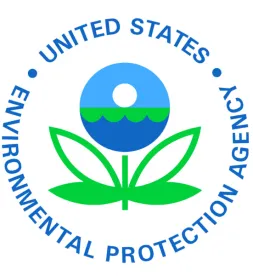On June 10, 2021, pursuant to Section 8(a) of the Toxic Substances Control Act (“TSCA”), the U.S. EPA proposed a rule requiring manufacturers and importers of per- and polyfluoroalkyl substances (“PFAS”) to report information and data on PFAS manufactured or imported into the U.S. since 2011 (the “Proposed PFAS Rule”). As proposed, the Proposed PFAS Rule will require a significant data-gathering effort and expand the number of parties who must report information about PFAS to EPA. EPA intends to use this information to support risk assessments of new and existing chemicals under TSCA. EPA’s publication of the Proposed PFAS Rule in the Federal Register will kick off a 60-day public comment period.
Manufacturers (a term which includes importers) have long been subject to reporting chemical manufacture and use data to EPA under the TSCA Chemical Data Reporting (“CDR”) rule. The Proposed PFAS Rule, however, is much more expansive and goes much further. The Biden Administration has made clear that EPA is seeking to gather all information available about PFAS manufacturing in the United States, and, as such, it has proposed a rule that broadly defines and even expands the scope of PFAS substances, extends the reporting period to ten years, and includes additional reporting of health and safety studies and reports.
Of even more significance in the Proposed PFAS Rule is EPA’s removal of certain exemptions and thresholds. In key part, EPA is proposing no minimum volume for reporting and eliminating the exemptions for articles, impurities, and by-products. As a result, chemicals or articles with any level of the extended definition of PFAS would be subject to reporting.
If you think the Proposed PFAS Rule may not apply to you, think again. In addition to all PFAS manufacturers being subject to reporting, the Proposed PFAS Rule applies to importers of articles that contain PFAS, even if the PFAS are present as an impurity, and no matter how small the amount. Recall the whirlwind we saw in March when EPA’s final rule prohibiting phenol, isopropylated phosphate (3:1) (PIP (3:1)) caught many companies off-guard as they were not aware of the presence of this chemical in their imported articles.
EPA has estimated 234 entities would be subject to reporting under the new rule; however, given the Proposed PFAS Rule’s expansion to reporting PFAS-containing articles, impurities, and by-products, that number is likely to be a significant underestimate.
Potentially affected parties should consider the implications of the Proposed PFAS Rule and ensure EPA is aware of the impacts and concerns during the comment period.






 />i
/>i
